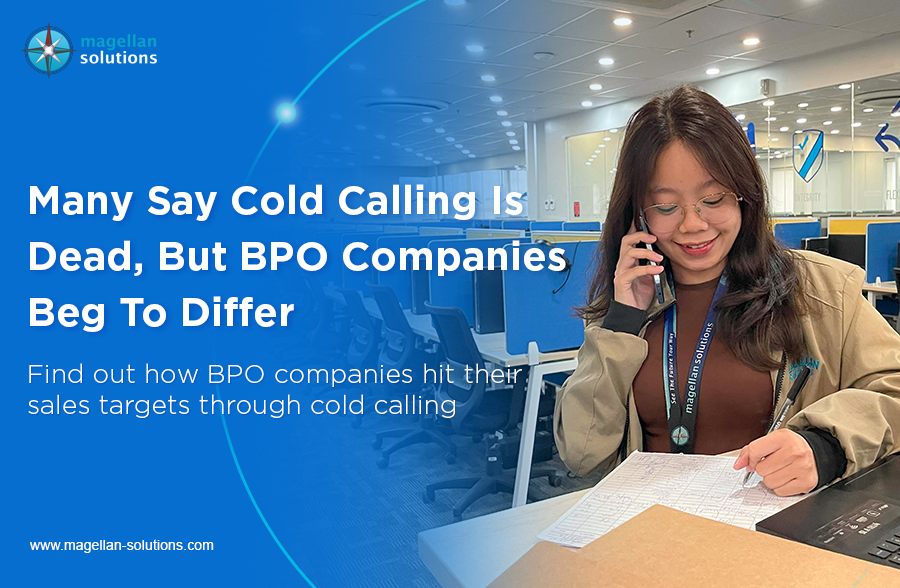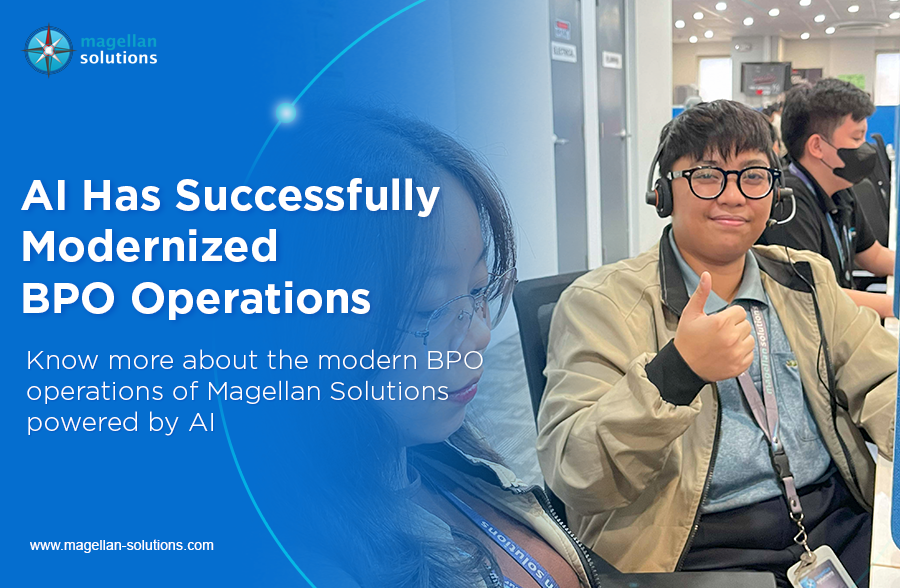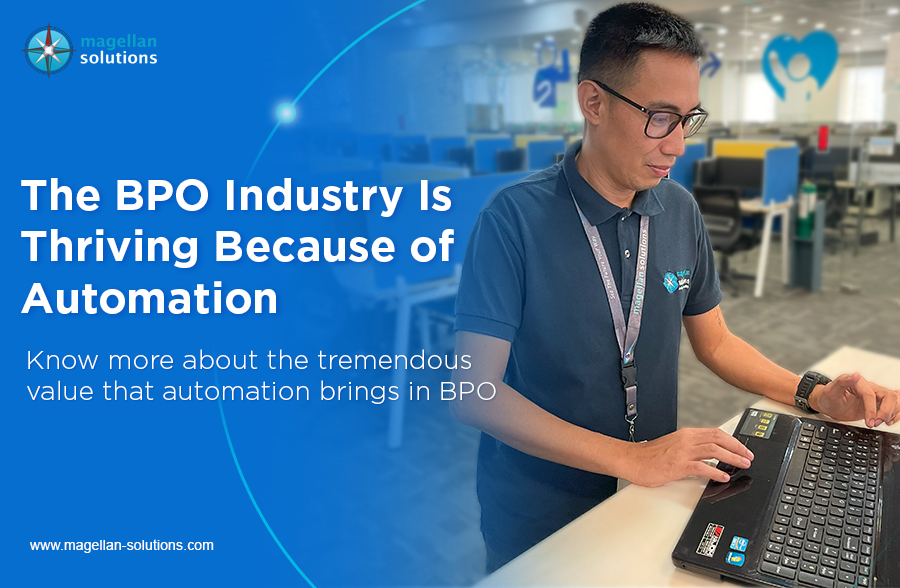Schedule a FREE call with our outsourcing expert now and get a precise quotation that meets your requirements. Don't wait - get started today!
Are you looking to boost your business with more high-value leads? One of the most effective ways to do so is by getting more quality sales calls. But how do you achieve that? In this article, we’ll be discussing some powerful strategies on how to get more quality sales calls for your business. So, sit back, relax, and let’s dive right into it!
Here’s How You Can Get More Quality Sales Calls
Managing a successful inbound contact starts with reducing call volumes. However, lowering the number of inbound calls is cost-saving and more feasible than you may think.
How can you reduce call volume in your inbound contact center?
Here are nine ways how Magellan Solutions keeps inbound call volume in check and improves overall customer experience:
1. Make other channels accessible and convenient
One of the most effective ways we manage high volumes of inbound calls in your organization is by ensuring every interaction with a customer includes quick-connect options for further contact. It’s all about showing your customers their next right step.
For example, if a customer receives a confirmation email. It should include a link or tab for connecting to live chat. If a customer visits the website, the company’s chatbot should initiate contact with a pop-up.
If a customer is waiting on hold, they should be given options to connect in other ways. Even an on-hold message when customers call can direct them to an FAQ page or Resources page on your organization’s website.
In short, every effort should be made to spread the customer volume over multiple channels.
The more accessible the channels, the more likely customers are to connect via other means than the phone.
2. Proper omnichannel support and training
Magellan Solutions can help drive customers toward non-phone channels to decrease call volume. We guarantee that our agents are well-equipped and trained to handle this.
If you want to train customers to move away from a call and into a different method, you must make it worthwhile. Show them an exceptional customer experience, and your omnichannel experience will succeed.
The key to a thriving omnichannel strategy is ensuring all channels are well integrated.
Customers need to feel comfortable switching from one to the other without fear of gaps, overlaps, or repetition in the transfer of information. That’s why your inbound contact center must ensure that adequately trained agents are staffing all channels and that replies, especially on asynchronous channels, are timely and effective.
3. Offer self-service options
Customers increasingly prefer self-service options anyway. Magellan Solutions can incorporate this into our strategy for lowering your phone call volume.
According to a recent Forrester report, two-thirds of customers say valuing their time is the most important thing a company can do to provide them with good service.
We can further help with the following self-service options:
- Detailed and easily navigable FAQs -Allow customers to find an answer to their problems without being directed by a service agent. Your organization’s online FAQ section should be more than just a handful of questions and answers thrown on a page. It should be a living document, constantly evolving and filled with links and tabs that are useful for organizing the information from the top down and bottom up.
- Web portals – Customers should be able to make account changes through web portals or a mobile app. As a result, customers can make simpler updates independently, freeing up your agents to tackle the more challenging interactions and reducing call volume.
- Online tutorials -Solving relatively simple tech problems allows DIY-minded customers to forgo the phone queue and complete their timetable with minimal interaction (read: friction) with customer service agents. These tutorials can be YouTube videos, online documents, or slideshows. The Internet has become a smorgasbord of tutorial content, so get your contact center into action.
Customers will learn how to resolve some of their service issues, making them less likely to become an addition to your call center volume in the future.
4. Lean toward asynchronous channels
Agents actively speaking with customers on the phone have a minimal ability to multitask, which can lead to increased call volume.
Some interactions do call for focused attention, and that’s okay. However, real-time voice-to-voice interaction demands the agent’s full attention, and compared to some other channels, this is less than efficient.
Asynchronous channels, like chat, SMS, and e-mail, allow agents to handle multiple customers anytime.
On average, agents can handle two customers simultaneously via webchat or a maximum of four without sacrificing service quality. This is a great strategy to reduce call volume because leaning toward asynchronous channels allows your agents to handle more customers in less time.
5. Optimize your IVR
Your organization’s IVR (interactive voice recognition) system can do much more for you than direct callers to the right department or agent, making it an excellent resource for managing high call volume.
The IVR system can also provide successful “exit points” for the customer, resulting in not having to speak with an agent.
If there are simple clerical tasks that customers can complete via touch-tone options, make them a highly accessible part of your IVR call flow. This will reduce the inbound call volume on your agents’ phones and allow them to focus on more complex customer tasks and services.
Moreover, when your customers input details, they spend less time on hold, which can also reduce the call abandonment rate.
6. Focus on FCR
A strong FCR (First Call Resolution) rate in your inbound contact center means the customer does not need to call back—at least not regarding the same issue. Thus, inbound contact center calls will be lowered cumulatively in the future.
A 15% improvement in FCR results in a 57% reduction in repeat calls.
As strong FCR reduces inbound call volume, there’s a positive ripple effect on customer satisfaction and brand loyalty. 12% of customers who call more than twice to resolve their issue will leave a company or brand behind.
7. Measure and test ad targeting with call analytics
Call analytics can help you by providing visibility into the effectiveness of your ad targeting by tracking the source of each call and its outcome.
The source of the call is tracked by dynamic-number-insertion technology. It links a call back to its source online by automatically inserting a phone number on your website or landing page that is unique to each visitor. Once the phone number is called, you know precisely which channel, keyword, and campaign is driving calls.
Dynamic number insertion and conversation analysis provide a true picture of your call attribution beyond counting calls. Conversation analysis tracks how many of those calls were leads by interpreting them as leads or low-value calls.
It could also be a sign that your advertising on social media is more effective than on Google.
Testing two ads through dynamic number insertion will help you optimize your marketing on that channel efficiently, with clear and reliable call-attribution data.
8. Route your calls to the right business
Your routing system could be responsible for an artificially inflated volume of calls. Misdirected irrelevant calls can cause this, resulting in an inaccurate conversion rate.
Routing calls efficiently and correctly can improve the customer experience. It further results in a boost to your conversion rate. Routing issues are a top customer complaint and pave the way for a bad customer experience.
A misrouted call can also cause you to miss a sales opportunity. 78% of people have abandoned a call because they were incorrectly routed.
A routing system based on a ZIP or area code for a business with multiple locations can ensure that customers are directed to the local business servicing their area and reduce worthless calls. ZIP code routing prompts customers to type in their code, connecting them to the location assigned to that code. Area code routing automatically connects callers to the location assigned to their area code.
9. Block spam and fraudulent calls
Filter out the calls that may be wasting your time and could cost you money.
The Telmetrics Data Insights Lab found that 47% of call volume is typically spam or fraud. With more than 2.6 billion unsolicited calls, spam and fraudulent calls are a growing problem that shouldn’t be ignored.
Telecom fraud may also be costing you money. Toll-free pumping artificially increases a phone bill by pushing calls to toll-free numbers.
There are several ways that fraud and spam calls can be blocked before they reach the business.
The first involves a spam and fraud-blocking program, including quality call-tracking numbers. Call-block identifies spam and robocall patterns, such as numerous concurrent calls, and then blocks those calls.
Other fraud and spam prevention measures include a captcha for callers. This ensures that only human callers are connected to the business. Callers are prompted to press a randomly generated number for a quick and seamless patch-through. The call captcha can also be scheduled for outside business hours and triggered for calls outside the service area.
That latter option has a secondary benefit: it ensures local businesses receive local customers.
Quality Sales Calls Start with a Quality Partner
Despite having rigorous and above-average-quality leads, sales calls cannot convert without a quality partner. Magellan has over 18 years of experience providing call center services centered around inbound and outbound sales calls that convert.
Don’t keep your customers waiting in a queue. Contact us for a quote on how to keep your customers happy on the other end of the line!

















